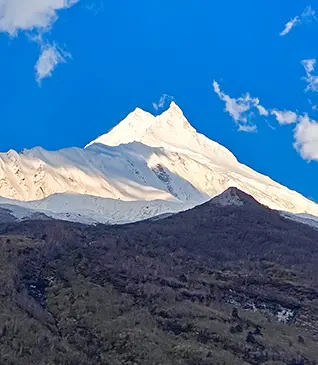Trek The Himalayas (TTH) stands as one of the best trekking companies in India, renowned for its expertly curated treks and unwavering commitment to safety. With years of experience, TTH has earned a reputation for delivering memorable and secure trekking adventures.
Safety in trekking cannot be overstated. The thrill of trekking in the Himalayas comes with its own set of risks, from unpredictable weather and high altitudes to rugged trails and potential medical emergencies. For both beginners and experienced trekkers, prioritizing safety is essential to ensuring a rewarding and incident-free trekking experience.
This article aims to shed light on the comprehensive safety measures that TTH implements before and during treks. By exploring our meticulous pre-trek preparations and robust on-trek safety protocols, we hope to provide a clear understanding of how TTH maintains the highest standards of safety, ensuring that every trekker can embark on their adventure with confidence and peace of mind.
Pre-Trek Safety Measures
a. Pre-Trek Briefings
At Trek The Himalayas (TTH), we believe that a well-informed trekker is a safer trekker. This belief underscores the importance of our comprehensive pre-trek briefings, which are a cornerstone of our safety measures.
Importance of Thorough Briefings Before the Trek
Pre-trek briefings are essential to ensure that all participants are well-prepared and aware of what to expect. These sessions serve to align everyone on the trek itinerary, safety protocols, and overall expectations, fostering a sense of readiness and confidence among trekkers.
Topics Covered in Pre-Trek Briefings
- Itinerary Overview: We provide a detailed walk-through of the trek itinerary, highlighting daily routes, camping sites, and significant landmarks. This helps trekkers understand the overall journey and mentally prepare for each day's challenges.
- Safety Protocols: Safety is paramount at TTH. During the briefings, we cover all essential safety protocols, including altitude sickness awareness, emergency procedures, and the correct use of safety equipment. Trekkers are educated on recognizing symptoms of Acute Mountain Sickness (AMS) and other altitude-related issues, as well as the importance of hydration, nutrition, and rest.
Expectations and Guidelines: Setting clear expectations is crucial for a smooth trekking experience. We discuss the code of conduct, environmental preservation practices, and the importance of adhering to the trek leader's instructions. Trekkers are also briefed on the physical and mental endurance required for the trek, ensuring they are fully aware of the demands and challenges ahead.
b. Medical Safety
.webp)
Ensuring the health and well-being of trekkers is a top priority at Trek The Himalayas (TTH). Our comprehensive approach to medical safety is designed to address common health issues encountered during treks, particularly those associated with high-altitude environments.
- Availability of First Aid Kits and Medical Supplies
Every trekking team carries well-stocked first aid kits that contain essential supplies to manage injuries and ailments that may occur during the trek. These kits are designed to handle a range of issues, from cuts and scrapes to more serious health problems. In addition to first aid supplies, we also ensure that our teams have access to additional medical supplies, including medications for altitude sickness, pain relief, and other common trekking ailments.
- Protocols for Dealing with Common Trekking Ailments Like AMS (Acute Mountain Sickness)
Acute Mountain Sickness (AMS) is a common concern in high-altitude trekking. TTH has established protocols to identify, prevent, and manage AMS effectively:
Education and Prevention: Trekkers are educated about AMS symptoms and preventive measures during pre-trek briefings. We emphasize the importance of acclimatization, gradual ascent, staying hydrated, and recognizing early symptoms of AMS.
Monitoring: Our trekking leaders and medical personnel monitor trekkers closely for signs of AMS throughout the journey. This vigilance ensures that any symptoms are detected early, and appropriate action can be taken.
Treatment and Response: In cases where AMS symptoms are detected, immediate steps are taken, including rest, rehydration, and the administration of medications if necessary. If symptoms persist or worsen, evacuation to a lower altitude is arranged promptly to ensure the trekkers' safety.
Emergency Evacuation: In the event of a severe medical emergency, TTH has protocols in place for the quick evacuation of trekkers. We work with local medical facilities and rescue services to ensure that trekkers receive timely medical attention.
c. Technical Safety
.webp)
At Trek The Himalayas (TTH), we prioritize technical safety to ensure that our trekkers can navigate the challenging terrains of the Himalayas safely and effectively. This involves the use of appropriate gear, regular maintenance of equipment, and thorough training for our trekkers.
- Use of Appropriate Technical Gear for Challenging Terrains
Navigating the rugged and diverse terrains of the Himalayas requires specialized technical gear. TTH ensures that all participants are equipped with the right gear, which includes items such as trekking poles, sturdy boots, harnesses, ropes, helmets, and crampons. These items are essential for providing stability, support, and safety on challenging trails and during steep ascents and descents.
- Regular Maintenance and Checks of Technical Equipment
The safety of our trekkers is paramount, and we maintain rigorous standards for the upkeep of all technical equipment. Our equipment is regularly inspected and maintained to ensure it is in optimal condition. This includes checking for wear and tear, testing functionality, and replacing equipment as needed. We follow manufacturer guidelines and industry standards to ensure that all gear is safe and reliable for use in the field.
- Training for Trekkers on Using Technical Gear
Proper use of the technical gear is crucial for safety during treks. Therefore, TTH provides training sessions for all trekkers on the proper use and handling of the equipment. This training covers topics such as:
→ How to correctly use trekking poles to maintain balance on uneven terrain.
→ Techniques for wearing and adjusting harnesses and helmets.
→ The correct way to use ropes and crampons for climbing or navigating snowy and icy sections.
→ Safety procedures and protocols associated with the use of technical gear.
C. Emergency protocols
At Trek The Himalayas (TTH), we understand that the remote and challenging environments we explore require comprehensive emergency protocols to ensure the safety and well-being of our trekkers. Our approach to emergency preparedness involves a detailed emergency response plan, effective evacuation procedures, and robust post-emergency support.
a. Emergency Response Plan
Our emergency response plan is designed to address various medical and safety incidents that may occur during treks. The plan includes the following key components:
- Immediate Response: In the event of a medical emergency, our trained guides and staff are equipped to provide first aid and initial medical care. Immediate steps include assessing the situation, providing necessary first aid, and stabilizing the patient.
- Coordination with Local Authorities and Rescue Teams: TTH has established protocols for coordinating with local medical facilities and rescue teams. We maintain communication with local authorities to ensure that help is dispatched promptly when needed. This includes maintaining a list of contacts for emergency services in the regions we operate.
b. Evacuation Procedures
Efficient and swift evacuation procedures are critical in remote trekking areas. TTH has well-defined procedures for evacuating injured or ill trekkers:
- Use of Helicopters and Other Emergency Transportation: Depending on the location and severity of the situation, we use helicopters for urgent evacuations to medical facilities. For less critical situations, ground transportation arrangements are made through local partners.
- Ensuring the Quickest Route to Medical Facilities: We prioritize the quickest and safest routes to reach medical facilities, minimizing the time required for transportation. This involves pre-arranged agreements with local transport providers and emergency services to facilitate rapid response times.
At Trek The Himalayas (TTH), we are dedicated to upholding the highest safety standards in the trekking industry. Our commitment extends beyond mere compliance with local regulations; we strive to exceed them, ensuring that each trek we organize is not only adventurous but also safe and enjoyable.
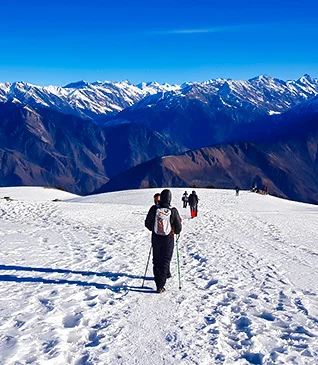
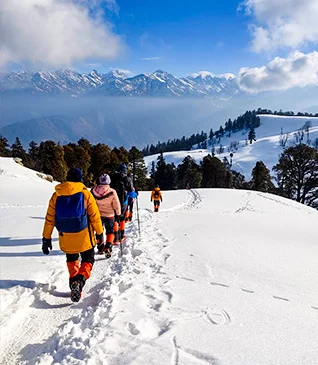
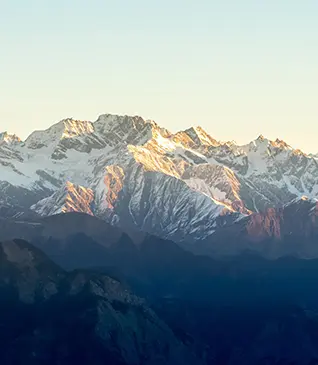
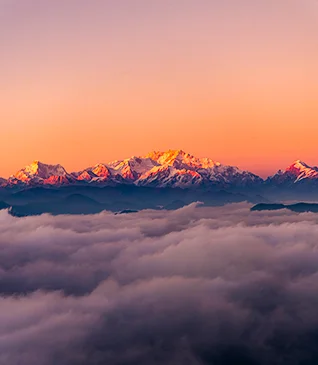
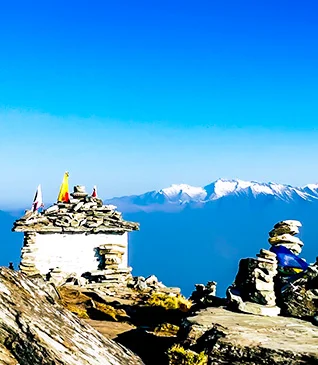
.webp)
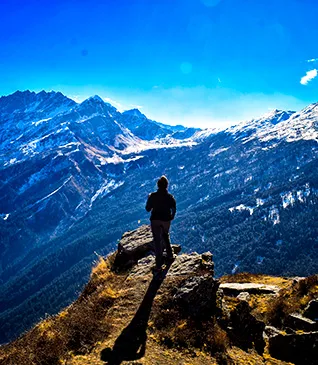
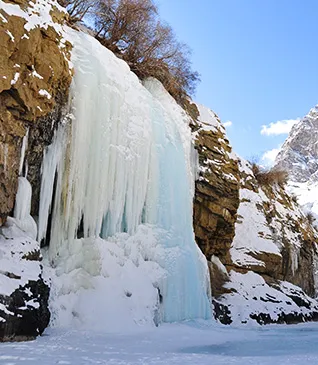
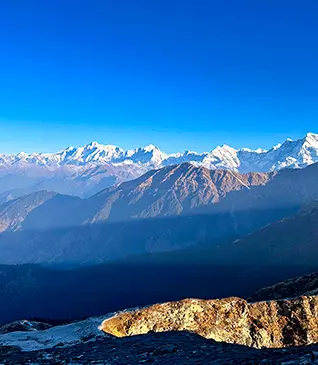
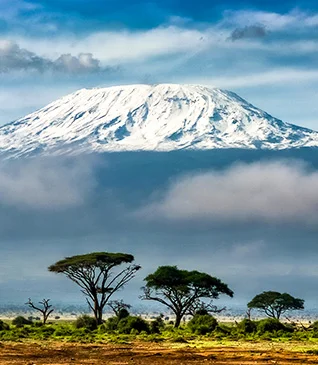
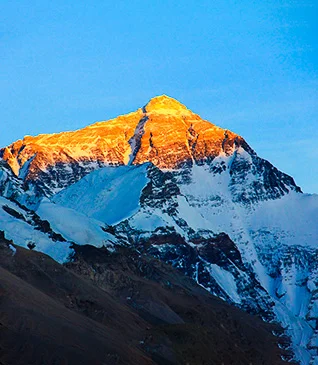
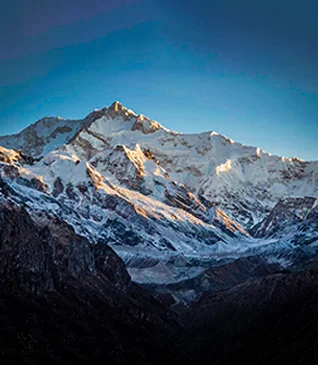
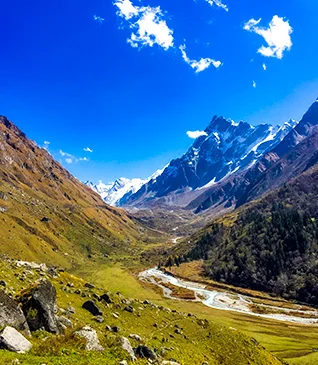
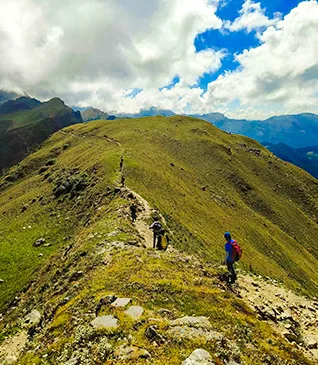
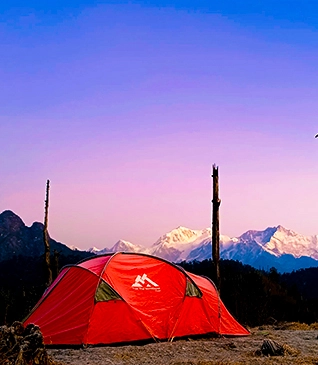

.webp)
